Thyroid gland surgery is a day-to-day practice for many specialist surgeons, while patients are increasingly looking for treatment options with more interesting cosmetic results.
Transvestibular thyroidectomy, also known as scarless surgery, can be performed with the aid of common laparoscopic materials or even a surgical robot.
In this way, it can be reproduced in several centers with less structure, which is why it has spread so quickly. It is the only remote access thyroidectomy technique that can be called "Scarless", because the others have skin scars hidden outside the anterior cervical region, while transvestibular thyroidectomy is performed with three small incisions in the labial mucosa.
There are currently more than 1,500 patients operated on using this technique in our country, where it is already practiced in most states. In addition to the East, where the technique is already well established, several American centers already offer this option to their patients, such as Johns Hopkins, the University of Chicago, Mount Sinai, Baylor College of Medicine, among others.
The technique is also performed routinely in centers in other Latin American countries, such as Argentina, Chile, Peru and Venezuela. To learn and perform the technique safely, hands-on training is essential, especially with the use of anatomical specimens. This course brings together the experience of renowned professionals, pioneers of the technique in Brazil, with the possibility of combining the practice of skills with anatomical parts, preparing the student for real surgery and providing a unique experience.
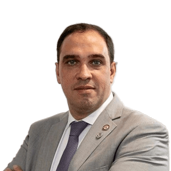





Brazil



Brazil



Brazil



Brazil



Brazil



Brazil



Brazil



Brazil



Brazil
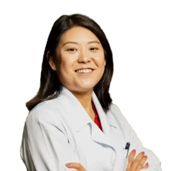


Brazil



Brazil
The training is theoretical and practical, and covers the main aspects of endoscopic thyroidectomy, such as the preoperative period, the step-by-step technique and the postoperative period. With an active learning methodology, the course is based on interactive discussions and practical activities to develop skills.
The main aim of the training is to introduce students to the world of endoscopic thyroidectomy, developing their skills and preparing them to offer this option to their patients, as well as properly selecting the first cases and overcoming the learning curve, with the help of an experienced surgeon.
2 days
9 hours
5 hours hands-on practice
14:00 - 14:15 | Welcome and presentation of the course to the students
14:15h - 14:35h | Why learn TOETVA?
14:35h - 14:55h | Basics of laparoscopic equipment (surgical tower/table)
14:55h - 15:15h | Basic knowledge about Energy
3:15pm - 3:35pm | Access, trocars and workspace
3:35pm - 3:55pm | TOETVA step by step
3:55pm - 4:15pm | Dynamics: Pearls and Pitfalls of the technique
16:15 - 16:30 | Dry lab briefing
16:30 - 17:30 | Dry Lab - white boxes and inanimate models
17:30 - 17:45 | Dry lab debriefing
17:45 - 18:05 | Panel: How to select the first cases
18:05h - 18:25h | Panel: Pre- and post-op: how do I do it?
18:25h - 18:45h | Panel: How to avoid complications?
08:00 - 08:15 | Video Session: TOETVA 1
08:15h - 08:30h | Video Session: TOETVA 2
08:30h - 08:45h | Video Session: TOEPVA
08:45h - 09:00h | Video Session: central emptying
09:00 - 09:15 | Video Session: TORTVA
09:15 - 09:45 | Panel: How to get through the learning curve?
09:45 - 10:15 | Break
10:15 - 10:30 | Dry lab briefing
10:30h - 11:30h | Advanced dry lab: sutures
11:30h - 11:45h | Dry lab debriefing
11:45 am - 12:15 pm | Panel: Ethical aspects
12:15 - 13:15 | Lunch on site
1:15pm - 1:30pm | Briefing - Practice on anatomical specimens
1:30pm - 4:30pm | Practice on anatomical specimens
16:30h - 16:45h | Feedback - Practice on anatomical specimens
16:45h - 17:00h | Wrap up and Closure
Head and neck surgeons, endocrine surgeons, general surgeons and residents.
Applicants for the course must provide proof of their medical degree (diploma) and medical residency / internship / further training (completed or in progress) in a surgical field, and will have this documentation assessed by the faculty. Only after approval will enrollment be released.
Before issuing your tickets, talk to our sales department.
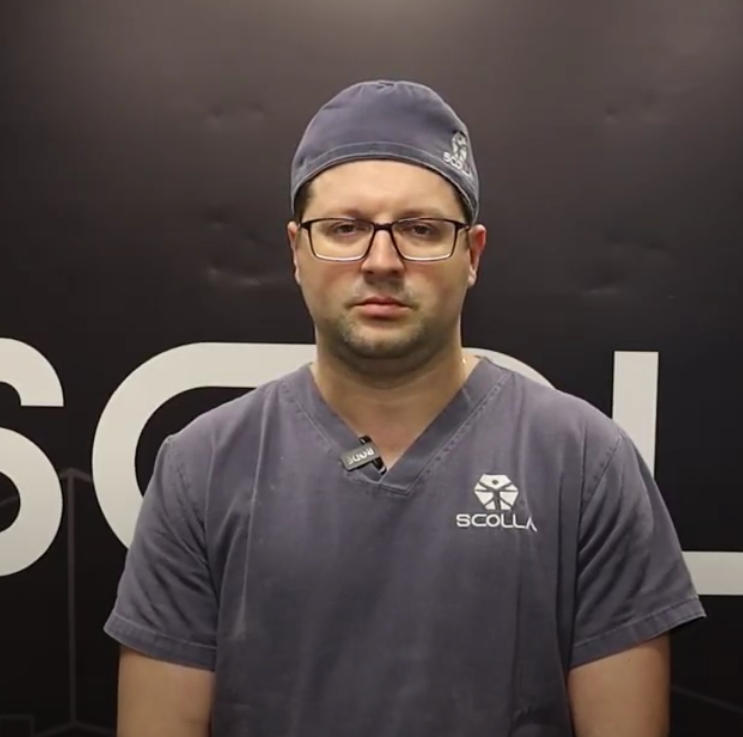

Head and Neck Surgeon in Passo Fundo - RS
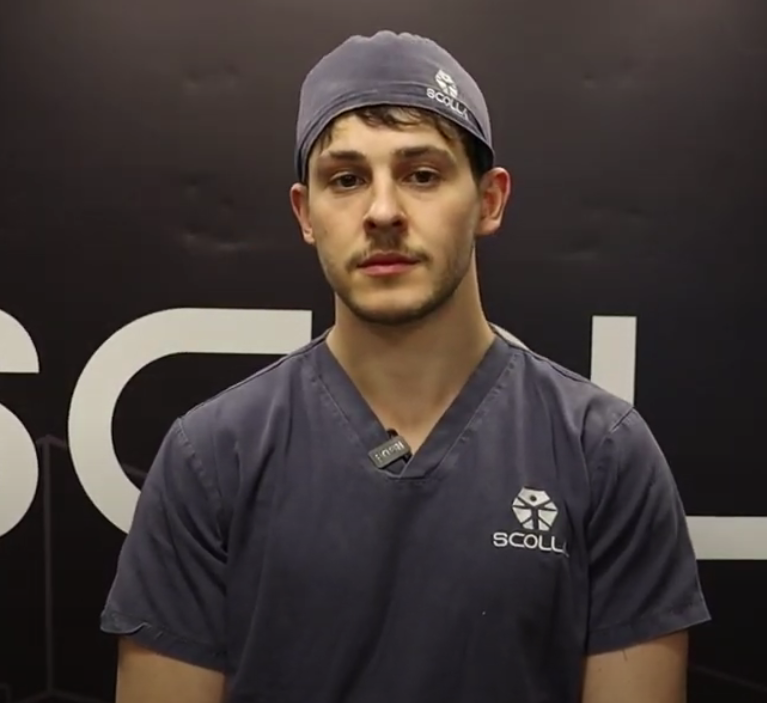

Head and Neck Surgeon in São Paulo - SP
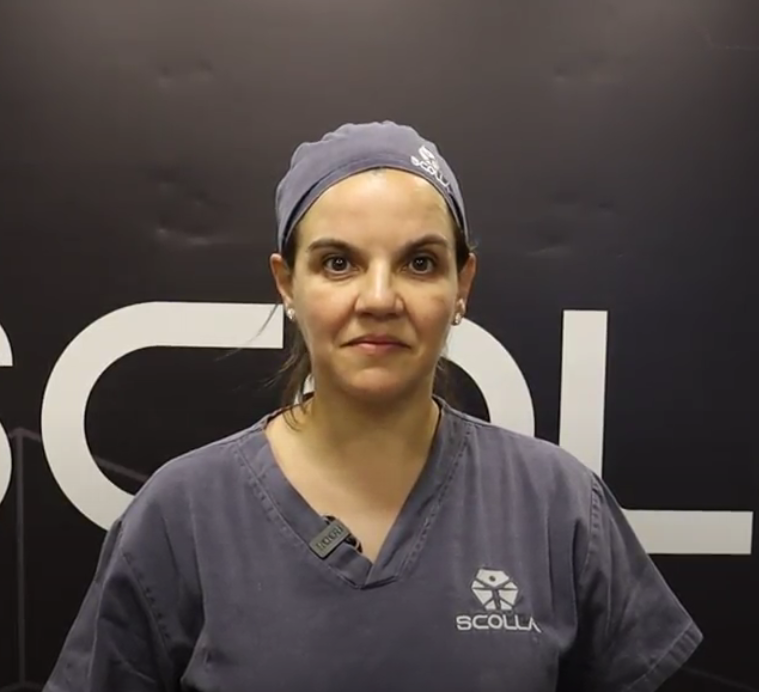

General Surgeon of Temuco - Chile
Registration open soon.
Receive our Newsletter
Scolla © - All Rights Reserved
Scolla © - All Rights Reserved
In accordance with Laws No. 12.965/2014 (Marco Civil da Internet) and No. 13.709/2018 (Lei Geral de Proteção de Dados - LGPD), by submitting my registration data, I authorize Scolla Centro de Treinamento Cirúrgico com Resultado to use my data to send me notifications by email or other means of communication that may be of interest to me.
In accordance with Laws No. 12.965/2014 (Marco Civil da Internet) and No. 13.709/2018 (Lei Geral de Proteção de Dados - LGPD), by submitting my registration data, I authorize Scolla Centro de Treinamento Cirúrgico com Resultado to use my data to send me notifications by email or other means of communication that may be of interest to me.